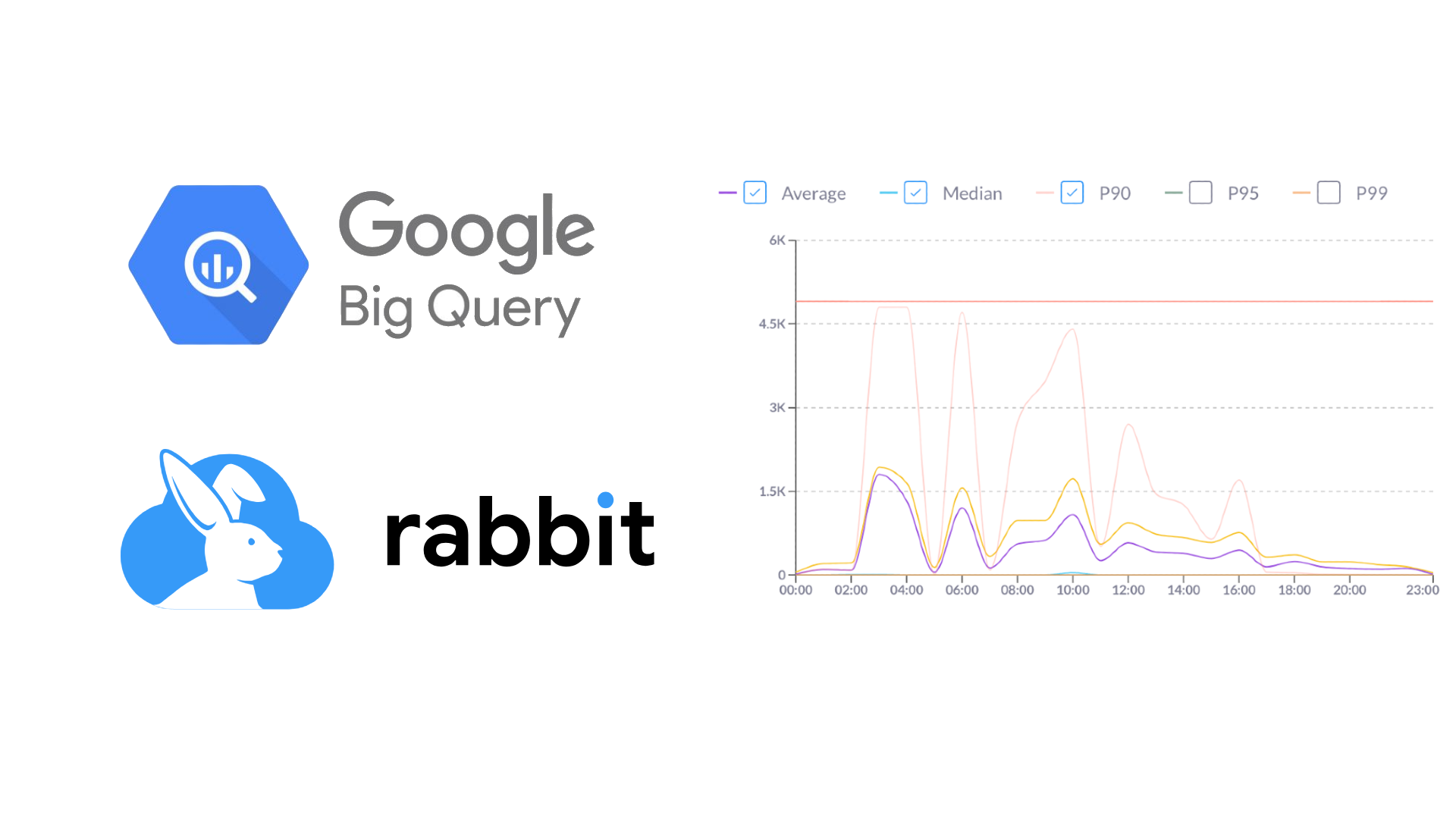Cloud engineers, care about cloud cost - sooner rather than later!
Balázs Molnár
7 min read

The era of unchecked cloud spending is over. If you’re a cloud engineer or run a cloud engineering department, you need a clear understanding of your cloud service costs and how to optimize them in real-time. Pressure to reduce costs will only intensify. It’s time to start preparing. Let’s see how.
Two years ago, when we were first toying with the idea of Rabbit, I asked some of the top cloud architects I knew how they ensured they stayed on budget. What day-to-day processes did they follow? To my biggest surprise, many admitted they didn’t have a formal system and cloud cost optimization wasn’t their core focus. They only began to seriously consider it when pressured by management.
Recently, I posed the same question to the same group. The answers were strikingly different.
Budgets, cloud architects said, were spiraling out of control, and they were scrambling to find ways to bring them back down. Some even mentioned considering a move back on-premises due to the ballooning cloud costs.
From On-Premise to Cloud: [Unexpectedly] Costly Shift
In the “old days”, on-premise IT had a straightforward business model. Engineers built and maintained systems within the physical walls of the company, and procurement held the reins on hardware and software costs. They’d forecast growth and usage years in advance, hoping their estimates wouldn’t blow up and scaling won’t be an issue. Then came the cloud. Suddenly, things got messy.
IT infrastructure became dynamic, scaling up and down based on real-time usage. Procurement and finance, used to static on-premise budgets, were left scrambling to understand the intricacies of cloud costs: pay-as-you-go pricing, network charges, and so on.
While the engineering departments finally have gotten the golden credit card to start spending on cloud with the ever-present promise of “it’ll be cheaper than on-premise, trust us.” A convenient simplification by the Cloud Vendors.
For a decade, cloud bills were indeed tiny compared to the overall IT budget. Engineers, excited by the cloud’s flexibility and scalability, happily built away, their cloud expenses easily flying under the radar. Procurement and finance, lacking the tools and understanding to manage these new costs effectively, simply took the vendors’ word for it: the cloud was the future, and it was definitely cheaper. Most engineering departments were never questioned over the cloud spends. For large corporations, cloud was still a neglectable sum of their total IT budgets and for fast growth scale ups, in a low interest and easy money environment no one really looked at the bills. The bigger, the better it was.
These were the golden ages of the cloud salesman. “No matter how you’re going to do it, just do it as Cloud is the future and it will be cheaper than the past.” Rang so many generic cloud sales presentations. But just like that frustratingly long contract with your old mobile provider, the cloud vendor’s honeymoon phase might be over soon. Corporate IT is waking up to the reality of runaway cloud bills and a lack of control over their cloud spending. The cloud’s flexibility comes with a price tag, and if it is not kept at bay, it can easily get out of control. Don’t be mistaken though, the cloud is going nowhere but will have to be managed differently.
So, what does this mean for the future of the engineering department?
- Cloud cost management is no longer optional. It’s a critical skill that every IT professional needs to develop.
- Transparency is essential. Everyone involved in the cloud decision-making process needs to be on the same page about costs and objectives.
- Embrace change. The cloud is constantly evolving, so be prepared to adapt your strategies and tools as needed.
- Automation is key. Tools and technologies that can help you automate tasks like provisioning, scaling, and monitoring can save you time and money.
⠀ This is step one.
Engineering departments and developers will no longer be just spenders but the guardians of their IT budgets as well.
This is a great thing for the future, as engineers will gain more control over the IT costs which will mean building better performing architectures and in general building more with less waste. If you can save on your data warehousing costs there will be more budget to train your ML models or using GenAI for real use cases. If you can keep your network and kubernetes costs, there will be more budget to modernize those applications that are lagging behind the market and competitors. If your team won’t need to spend weeks and months on digging up optimization insights they can focus on what really matters.
The right tools for taking back control
There are two things needed to fully embrace this transition. A conscious organizational change which is underway in most places that is intended to keep atop, and tools that can help engineers and management alike to provide the visibility and control that the cloud vendors understandably hesitate to allow. FinOps tools have been around for a while with large and expensive incumbent softwares. Most of it though are still
aimed at cost management, the old school way of helping finance and procurement mapping services and spendings but they are rarely real help for the engineers who should have the control and the duty to optimize costs and performance.
Regular FinOps tools, while valuable for overall budget management and forecasting, often lack the fine-grained visibility and developer-centric features needed for proactive cost optimization. By integrating engineering-focused cloud cost management tools into their workflow, engineers can become active participants in cost control, leading to significant savings and a more efficient cloud infrastructure.
I regularly discuss cloud budgets with CFOs and non-engineering decision-makers who oversee them. Many assert that they have a highly effective FinOps team using legacy tools to manage costs. However, every time we start our free POC, it becomes evident that significant money and resources are being wasted.
What non-engineering C-suite executives need to understand is that to avoid being overcharged by cloud vendors, they must equip their engineers with the right tools, not just apply pressure on them.
Yet, what we often observe is that engineering teams are unaware of their options or are simply avoiding the issue as long as possible. When pressure finally comes from the top, they scramble to find optimization opportunities themselves, wasting manpower and achieving mediocre results.
The next steps
Cloud can and should be cheaper than what most businesses are paying today. However, to eliminate wastage, it’s not sufficient to run an often non-technical FinOps team alone. The engineering departments hold the key to making real changes and it’s important for them
to embrace the new reality where cloud cost management becomes part of their responsibilities.
The good news is they don’t have to do it alone if they choose the right tools for the job. The winning engineering teams will be those opting for engineering focused tools over management tools. Tools that help them to make their cloud spending transparent in real-time, service by service, identify cost optimization opportunities, and ultimately perform those optimizations automatically with the right controls. This approach ensures that it won’t disrupt what really matters: building great technology and best-in-class user experiences. Fortunately, we know just the right tool for this job.
Sign up for a free trial, or contact us to try Rabbit on demo data.



